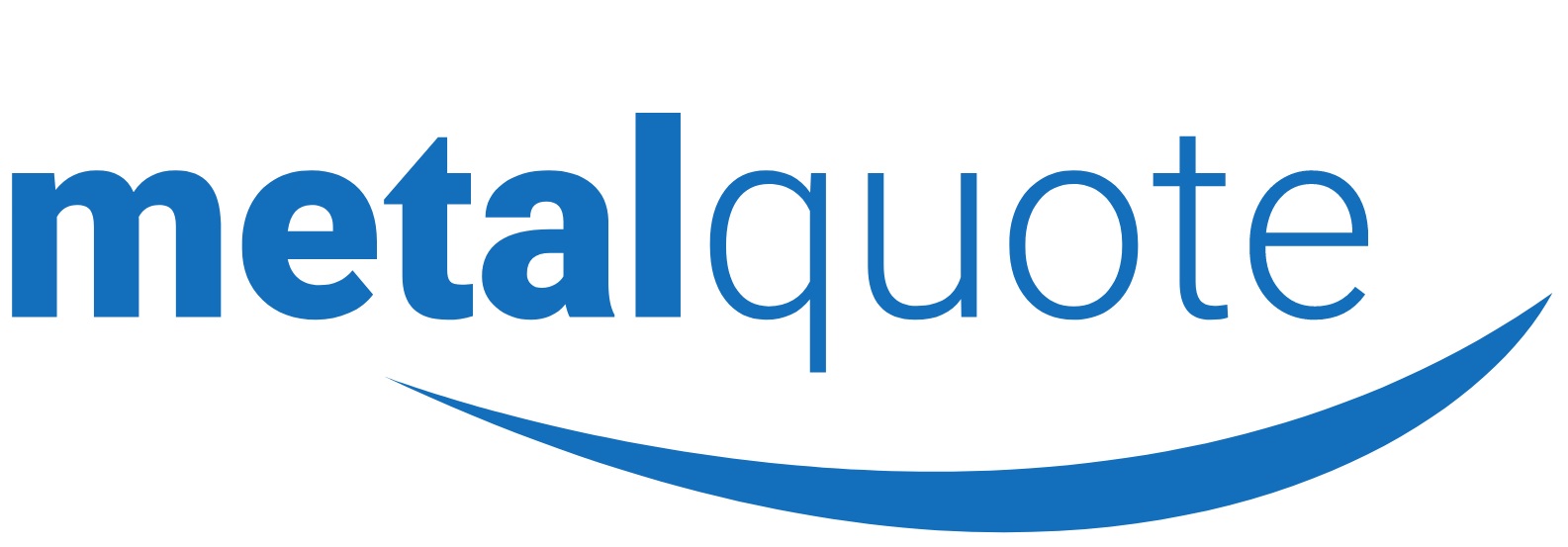Three-month base metals prices on the London Metal Exchange were for the most part firmer this morning, Wednesday December 12, with average gains of 0.3%. This after the complex climbed by an average of 0.4% on Tuesday, which followed Monday’s test of support levels – that held.This morning’s gains were fairly tightly bunched with prices rising between 0.2% for aluminium and 0.6% for nickel. The exception is zinc where prices were off by 0.2%. Copper was up by 0.3% at $6,167 per tonne. Volume across the complex has been low, with 4,047 lots traded as at 7.19am London time. With some of the concern in broader markets easing and with the dollar firmer, gold prices have pulled back from recent highs and were recently off by 0.1% at $1,242.26 per oz. Silver and palladium were little changed, while platinum prices that had been under pressure were up 0.4% at $786.90 per oz. In China this morning, the base metals prices on the Shanghai Futures Exchange were for the most part firmer, the exception was the February aluminium contract that was down by 0.4%. Of the rest, January lead was up by 0.8%, February zinc and copper were up by 0.3% and 0.2% respectively with the latter at 49,120 yuan ($7,112) per tonne, while May nickel and tin were both little changed.Spot copper prices in Changjiang were little changed at 49,170-49,450 yuan per tonne and the LME/Shanghai copper arbitrage ratio was weaker at 7.97 after 8.00 on Tuesday. In other metals in China, the May iron ore contract on the Dalian Commodity Exchange was up by 0.4% at 474 yuan per tonne. On the SHFE, the May steel rebar contract was up by 0.8%. In wider markets, spot Brent crude oil prices were up by 0.54% at $60.78 per barrel. The yield on US 10-year treasuries has started to strengthen and was recently quoted at 2.8803%, but the yield on the US 2-year and 5-year treasuries remain inverted at 2.7671% and 2.7424% respectively. The German 10-year bund yield was weaker too at 0.2300%. Asian equity markets on Wednesday were stronger: the Nikkei (2.15%), the Kospi (1.44%), the ASX 200 (1.39%), the CSI 300 (0.34%) and the Hang Seng (1.60%).
This morning’s performance follows a mixed performance in western markets on Tuesday; in the United States, the Dow Jones Industrial Average closed down by 0.22% at 24,370.24, while in Europe, the Euro Stoxx 50 was up by 1.27% at 3,055.32. The dollar index rebounded on Monday and pushed even higher on Tuesday and this morning it is quoted around at 97.42 – the high this year being 97.70. The rebound in treasury yields are providing support. The other major currencies we follow are mixed; the euro was weaker at 1.1328, the Australian dollar was flat at 0.7210, the yen was weaker at 113.40, while sterling (1.2498) has slumped on the back of a no-confidence vote against UK Prime Minister Theresa May. The yuan is firmer this morning and was recently quoted at 6.8874, helped by some positive steps in US/China trade talks, with China’s decision to cut tariffs on import US cars to 15%, from 40% and Canada granting bail to Huawei’s chief financial officer Meng Wanzhou. Most of the other emerging market currencies we follow are either weaker or flat due to the firmer dollar. Key data on the economic agenda today includes Italian quarterly unemployment rate, EU industrial production as well as US releases that include the consumer price index (CPI) and crude oil inventories. Base metals prices remain rangebound with nickel and aluminium sitting in low ground and looking vulnerable, while the rest are holding up in high ground, with tin the only one looking to be attempting another move higher. So for now it is more of the same – although there may be a race on between whether the trade dispute is resolved before the global economic data deteriorates to the extent that it also becomes more of a negative factor. Gold prices have pulled back from recent highs at $1,250.38 per oz and may need to consolidate gains, palladium prices rebounded strongly on Tuesday so the uptrend looks robust, while silver is stuck below recent highs and platinum is holding above recent lows. The run-up in gold reflects the markets concerns about weakness in other broader markets, but with some of the concerns now easing and some progress on trade talks, gold’s tailwind may ease.

